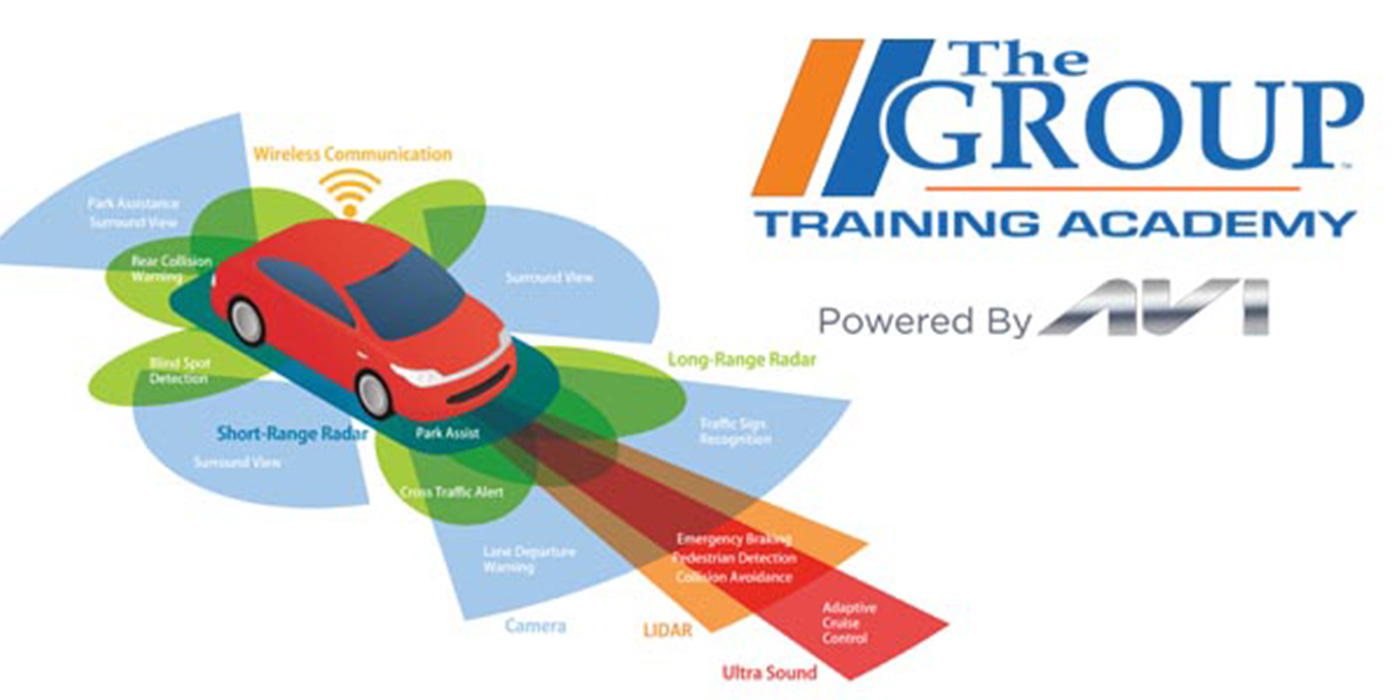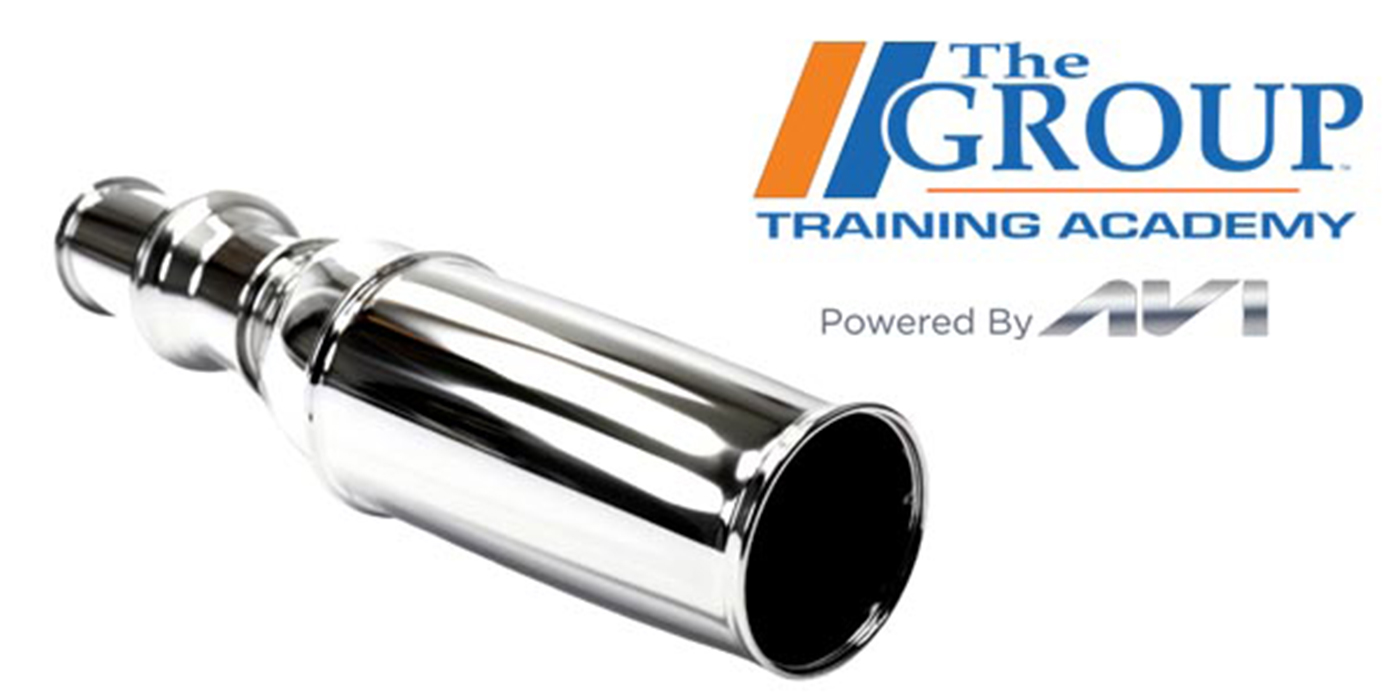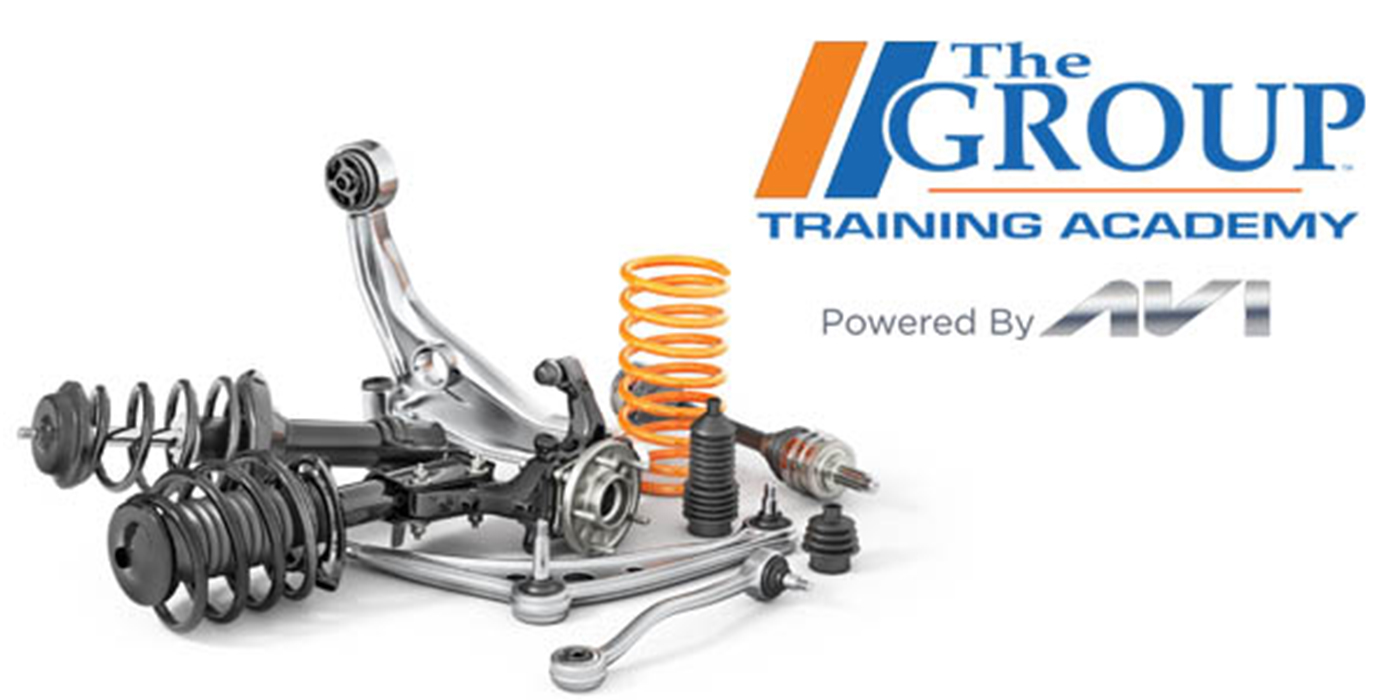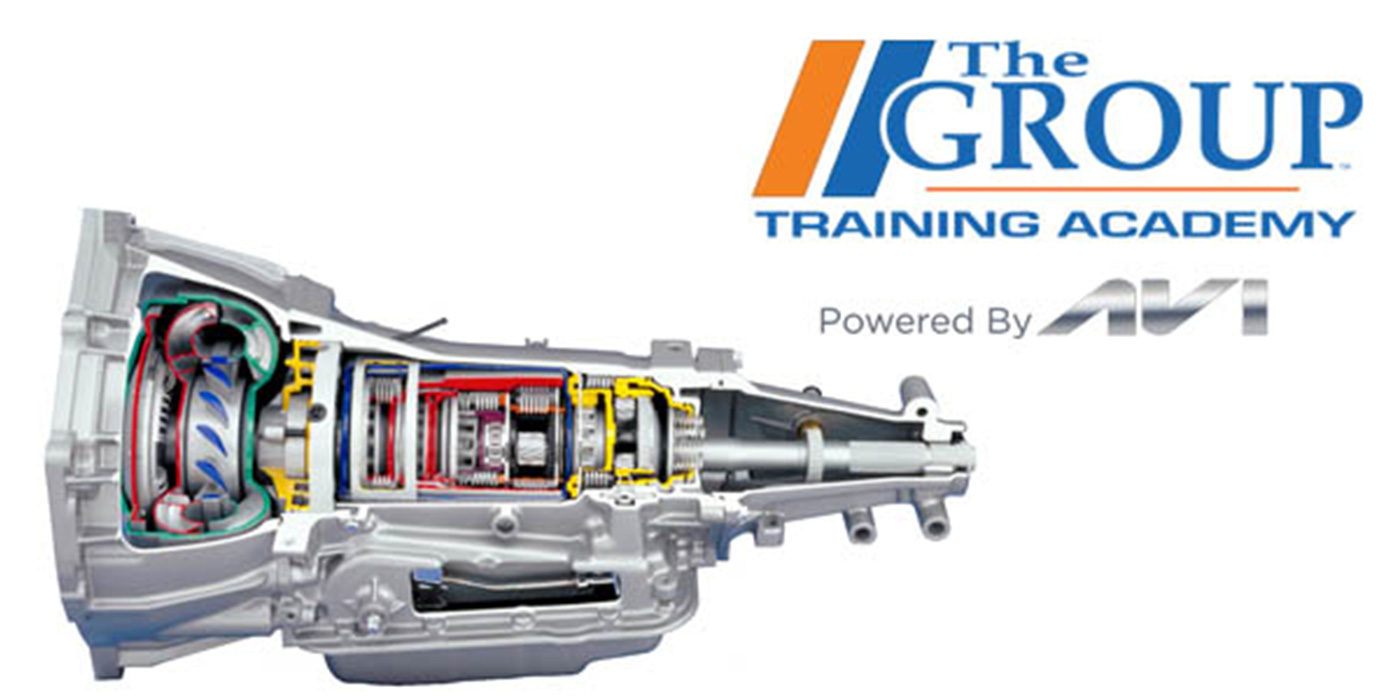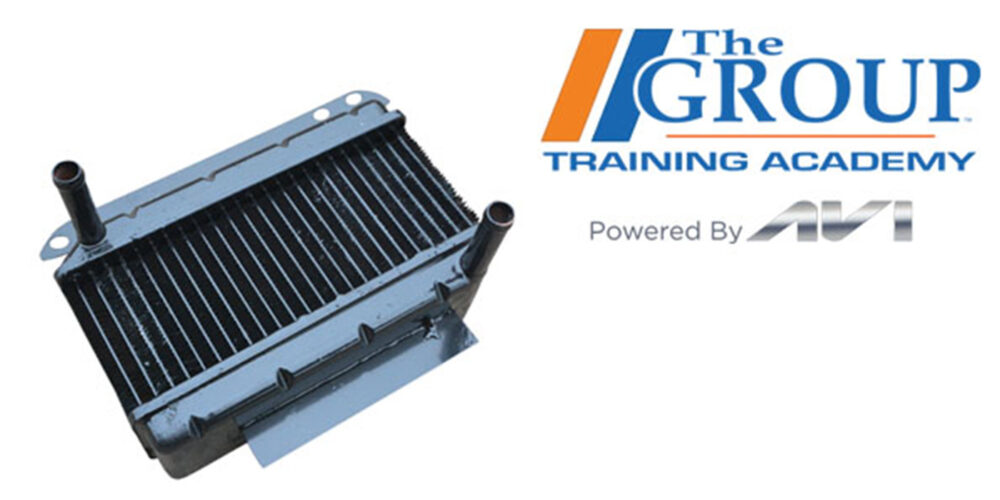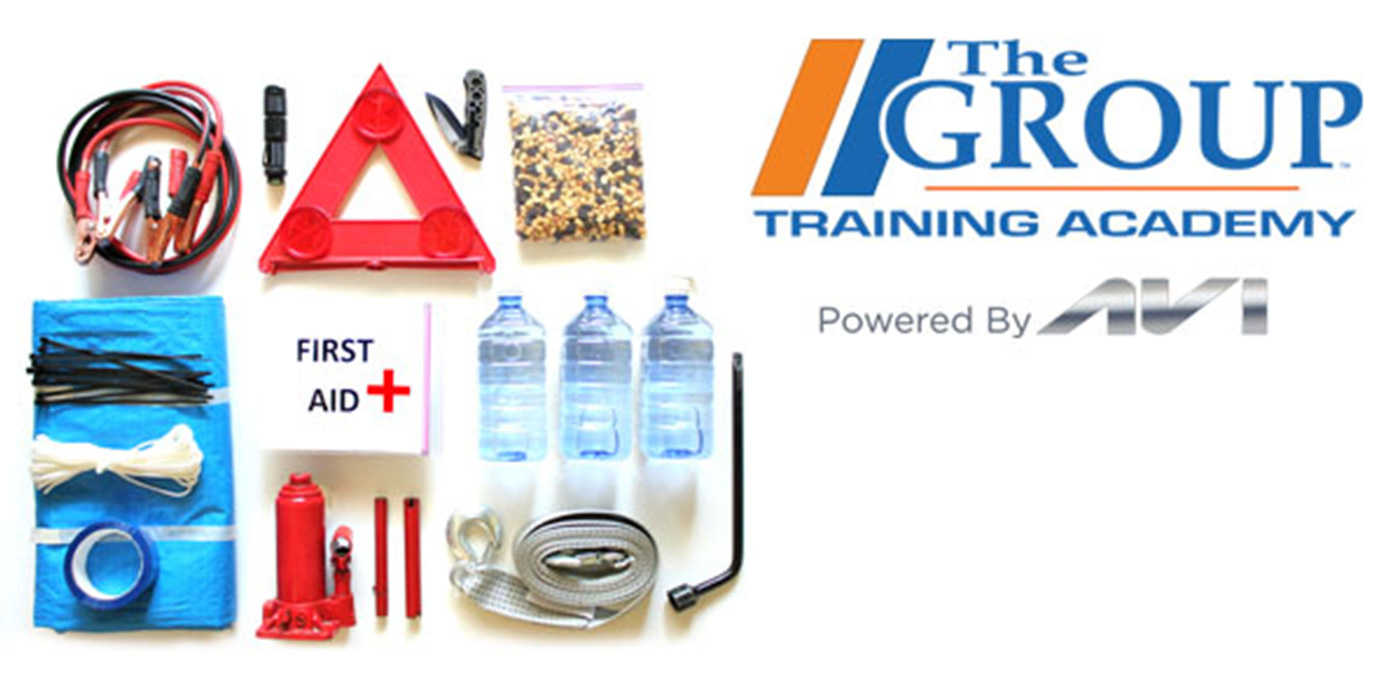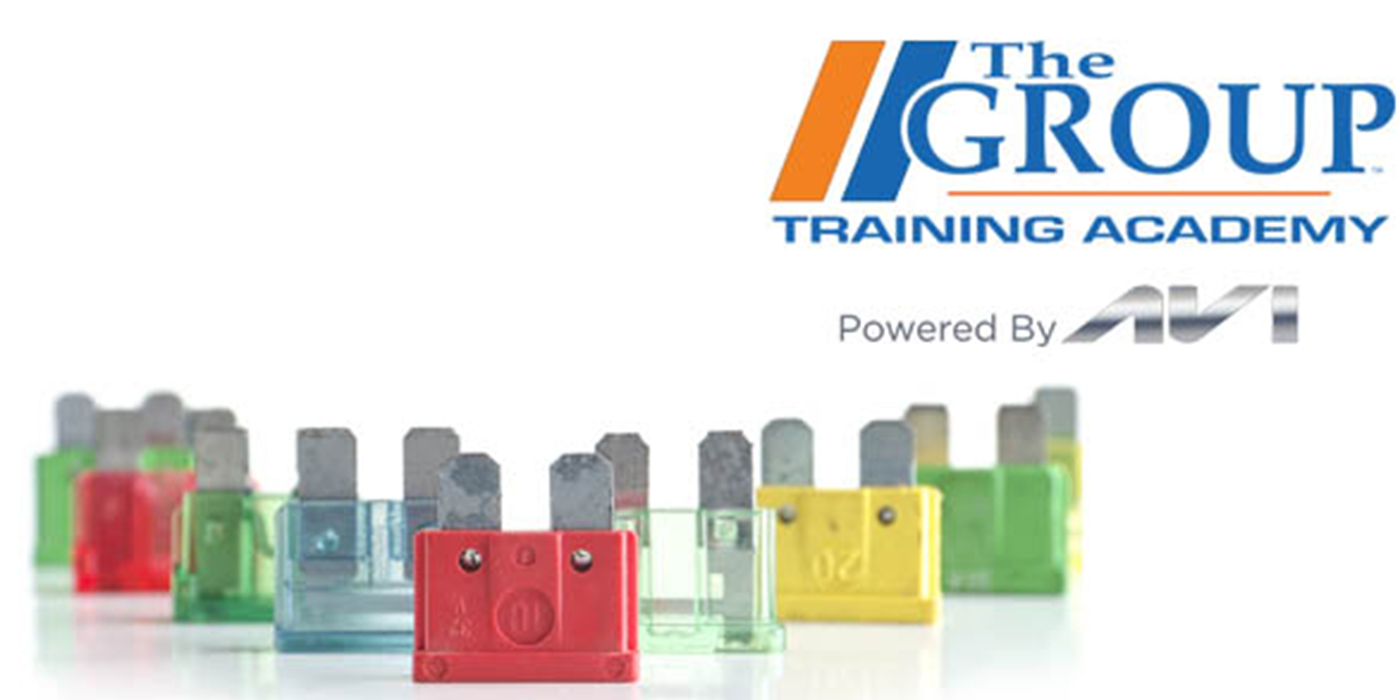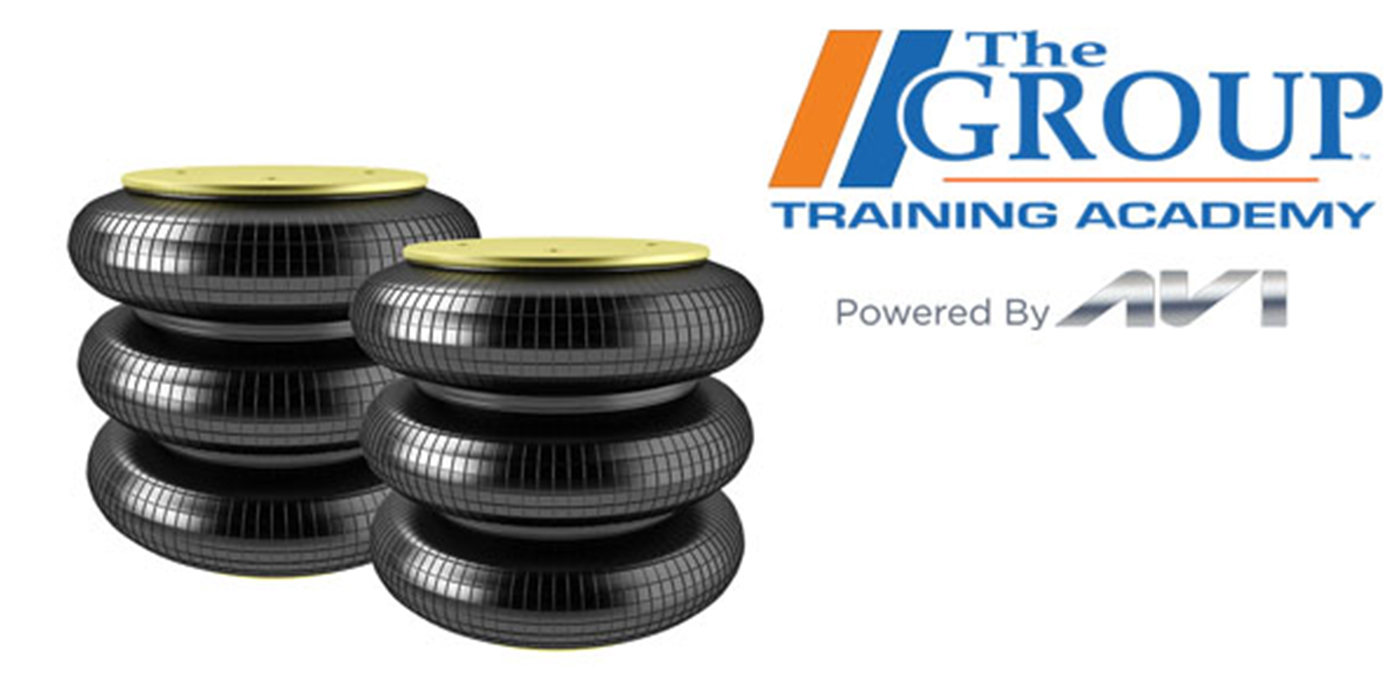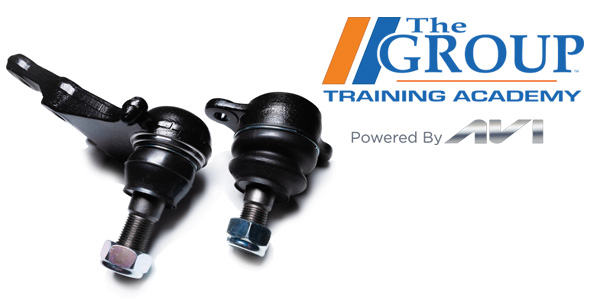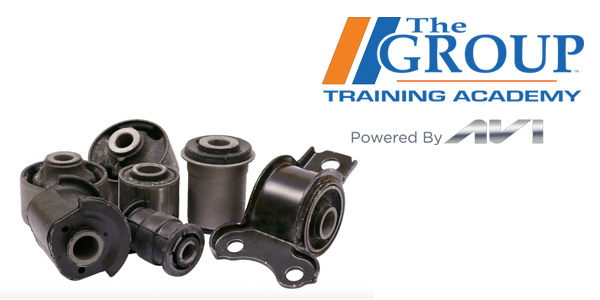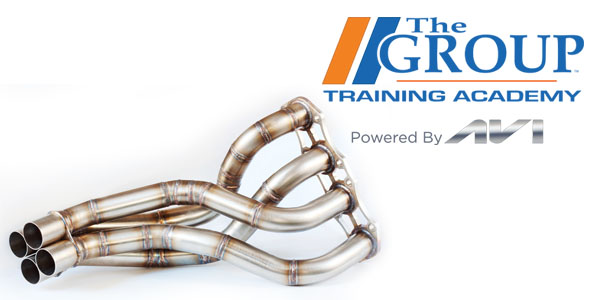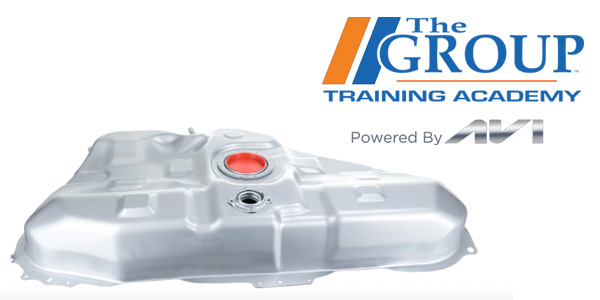In this article, we delve into the critical function of knock sensors in your engine. These sensors monitor vibrations to detect engine knocking and prevent severe damage. Learn how they work, signs of a failing sensor, and methods for testing and replacement. Ensure your engine’s longevity with these insights!
🔧 Topics Covered:
- Function of knock sensors
- Symptoms of a failing knock sensor
- Testing methods
- Importance of timely replacement
This video is sponsored by The Pronto Network.

